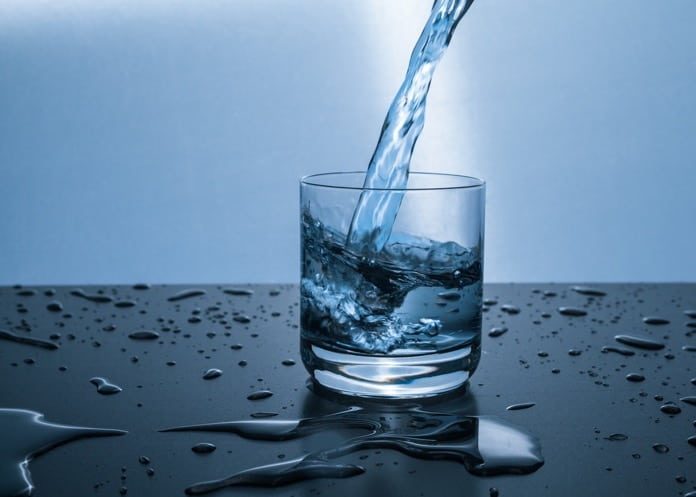A study investigates the amount of nitrates in drinking water in low-income and minority communities to determine if there is a disparity in clean drinking water related to wealth and ethnicity.
Nitrates in drinking water are commonly found in agricultural regions and there is an increased risk of cancer and birth defects if the levels are higher than 10 mg/L. A recent study published in Environmental Health evaluated how socioeconomic disparities may influence how much exposure people have to nitrates along with other contaminants in dAdd Newrinking water throughout the United States.
A recent disaster of lead contamination due to cost-saving measures of the drinking water supply from the Flint River in Michigan sparked the curiosity of how inadequate water supply is affected by socioeconomic status and race. Since 60% of this area’s residents were African American and 40% were considered impoverished, the research group at Silent Spring Institute evaluated if there is equal water treatment for all American residents regardless of their socioeconomic and ethnic background.
Measuring nitrates in drinking water
For the study, they evaluated nitrate data from nearly 40,000 community water systems between the years 2010 and 2014 using an information system from the Environmental Protection Agency to link characteristics of the water systems with information from demographic data provided by the U.S. Census Bureau on both national and regional levels. Agricultural data was also included in the assessment since agriculture is a major source of nitrate pollution and Hispanic communities often live in these areas.
Since there is no national database for water contamination, the amounts of nitrates in drinking water was found by contacting water system agencies and requesting this information on an online portal. As such, there was some variation in how nitrates in drinking water were collected and it would help to measure contaminants in the same way to better compare how much nitrates in drinking water is found in various communities. In addition, outliers in nitrate data were visually inspected, which leaves room for human error and inconsistency when analyzing results.
Hispanic residents were receiving more nitrates in drinking water, while residents living in poverty were not
The study found that 5.6 million Americans were receiving their water from a system that contains an average nitrate concentration above 5 mg/L between the years 2010 and 2014, which raises health concerns. The amount of agricultural land that was used to supply this water along with usage of groundwater sources were found with increased nitrates in drinking water. More Hispanic residents were receiving water from systems like this that contained more nitrates in drinking water. The researchers had hypothesized that this could be due to a large number of Hispanic residents living in agricultural communities, but after adjusting for this possibility, there was still an association. They write that this association may not be solely explained by proximity to agricultural sources.
They do note that while agriculture is the largest source of nitrogen input, there are still major sources in urban areas such as wastewater treatment plants and leakage from sewer lines. They then suggested that the relationship between high nitrate levels among Hispanic residents could be due to living close to nitrate pollution sources in urban areas.
Furthermore, Hispanic residents served by the water systems studied continued to have high nitrate content even when accounting for cropland and livestock production, which are conditions that are associated with high nitrates in water. The study also found that water systems which serve communities with lower average incomes, lower rates of home ownership, along with higher numbers of Hispanic residents were associated with higher levels of nitrates and even arsenic in water levels. Lastly, Hispanic residents may endure higher nitrate levels in water because 80% of farmworkers in America are of Hispanic descent and the synthetic fertilizers used in agriculture produce large amounts of nitrogen.
On the other hand, residents living in poverty and African American residents were not receiving large amounts of nitrates in drinking water. However, there are multiple other water contaminants that have yet to be studied in these communities.
A need for improved efforts to protecting water supplies
Since there was an association between nitrates in drinking water found in water systems Hispanic residents were using, there is a need for improved efforts to assist these communities with protecting their water supply. There is also a need to evaluate disparities in exposures to other contaminants and how they affect American residents’ health.
Written by Tatsiana Verstak, M.S., B.S.
Reference: Schaider, L.A. et al. Environmental justice and drinking water quality: are there socioeconomic disparities in nitrate levels in U.S. drinking water? Environmental Health (2019) 18:3.



